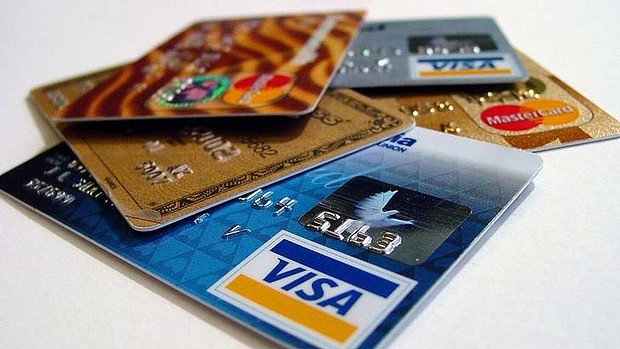Pointing Out Options in Point of Sale Hardware
The critical moment of transaction processing can either provide signal advantages or result in lost opportunities, and in many cases this depends on the hardware system a business owner has selected. Point of Sale (POS) systems permit sellers to manage customer purchases, returns, discounts, and other terms of sale. These devices and their related software can also keep taps on inventory, prices, taxes, individual transaction details, and, of course, payment.
A whole range of POS systems are now available, and a quick tour of the capabilities they offer will benefit business owners who are in the market for a system, as well as those who just want to know what the competition may be installing.
What to Look For in a POS System That Will Look Out for You
 The “ye olde” cash register of days gone by has long since been succeeded by a few new generations of devices, and with every capping wave of new technology, new capabilities have been added. Certain of these devices will report transaction details to accounting software, rendering the inputs into that system automatic. Business owners in the market for a POS system may want to know if this feature is available, and if so, does it connect with accounting software that the business owner uses or would be willing to adopt.
The “ye olde” cash register of days gone by has long since been succeeded by a few new generations of devices, and with every capping wave of new technology, new capabilities have been added. Certain of these devices will report transaction details to accounting software, rendering the inputs into that system automatic. Business owners in the market for a POS system may want to know if this feature is available, and if so, does it connect with accounting software that the business owner uses or would be willing to adopt.
Another issue that arises in selecting a POS system is whether it supports inventory management, and if so, does it permit integration of online and brick-and-mortar retail operations? The Shopify POS system is one that is particularly well-suited to this purpose. According to eMarketer.com, only a small fraction of current retailers are effective at monitoring their business across their in store and online channels. A competitive advantage awaits those retailers who are the first to achieve this critical integration of sales, supply and inventory management. This is essentially low-hanging fruit, and it will be plucked by those early adaptors who are the most strategic in incorporating systems that permit such cross-channel integration.
Turnkey Solution or Cut-and-Paste
Many of these systems are sold as a turnkey solution, containing all the hardware and software required to process sales. The list can be long; data entry touchscreens, printers, scanners, a credit card reader, and associated software. POS systems can also be integrated with credit card hardware, but they are not strictly needed for credit card transactions, as numerous alternatives exist for that function. The people at possoftwareguide.com warn that confirming software and hardware compatibility before any purchase is a must.
According to Idealware.org, some of the well-known tax software firms offer POS solutions that, of course, integrate smoothly with accounting systems, but that also offer inventory management and other additional functions.
POS systems are usually sold on a per-license basis, with additional charges for hardware, and several levels of functionality based on the complexity of the client’s business. Some solutions have been developed specifically for individual retail stores, with correspondingly lower price points, while others are designed to serve multiple retail locations that provide a window into operations for all-seeing management to peer into.
Specialized Systems for Specialized Operations
Even if you are operating a museum, a theater, a non-profit organization, or some other slightly out-of-the-ordinary concern, there are POS systems that have been designed with your specific needs in mind. Organizations that are not purely commercial will often require software and hardware solutions customized to handle transactions that do not perfectly fit the commercial template. There are even solutions that are cloud-based, and others that utilize open sourcing for clients who have the software development talent required to take advantage of such systems.
Matching Their Solutions to Your Goals
Savvy business operators, in encountering the varied landscape of POS solution, will benefit by formulating the questions that are relevant to their specific business. What are your goals and expectations concerning the software and hardware that you intend to incorporate into your operations as the electronic backbone to your business? What degree of reporting do you wish to maintain? Will this extend all the way to your supply chain, or will it focus primarily on sales transactions, purchase orders and inventory? Are you pursuing cross-channel integration in the manner that many businesses today are focused on? Will the system you choose provide inputs to, and be compatible with, your accounting software? Are you willing to shift your accounting software to permit such integration? Are you ready to install new hardware, or are you seeking a system that will work with the hardware you now have?
Once you have the answers to these questions, and others that no doubt are specific to your operation, the selection of a POS system that suits your needs will become that much clearer.
And once you have found the system that’s right for your business, the advantages of having an advanced POS solution, in increased visibility of operations, real-time inventory and sales management, and in simply being liberated by clear and complete information to go out and interact more with customers, will become clear. The right technology really will set you free.

